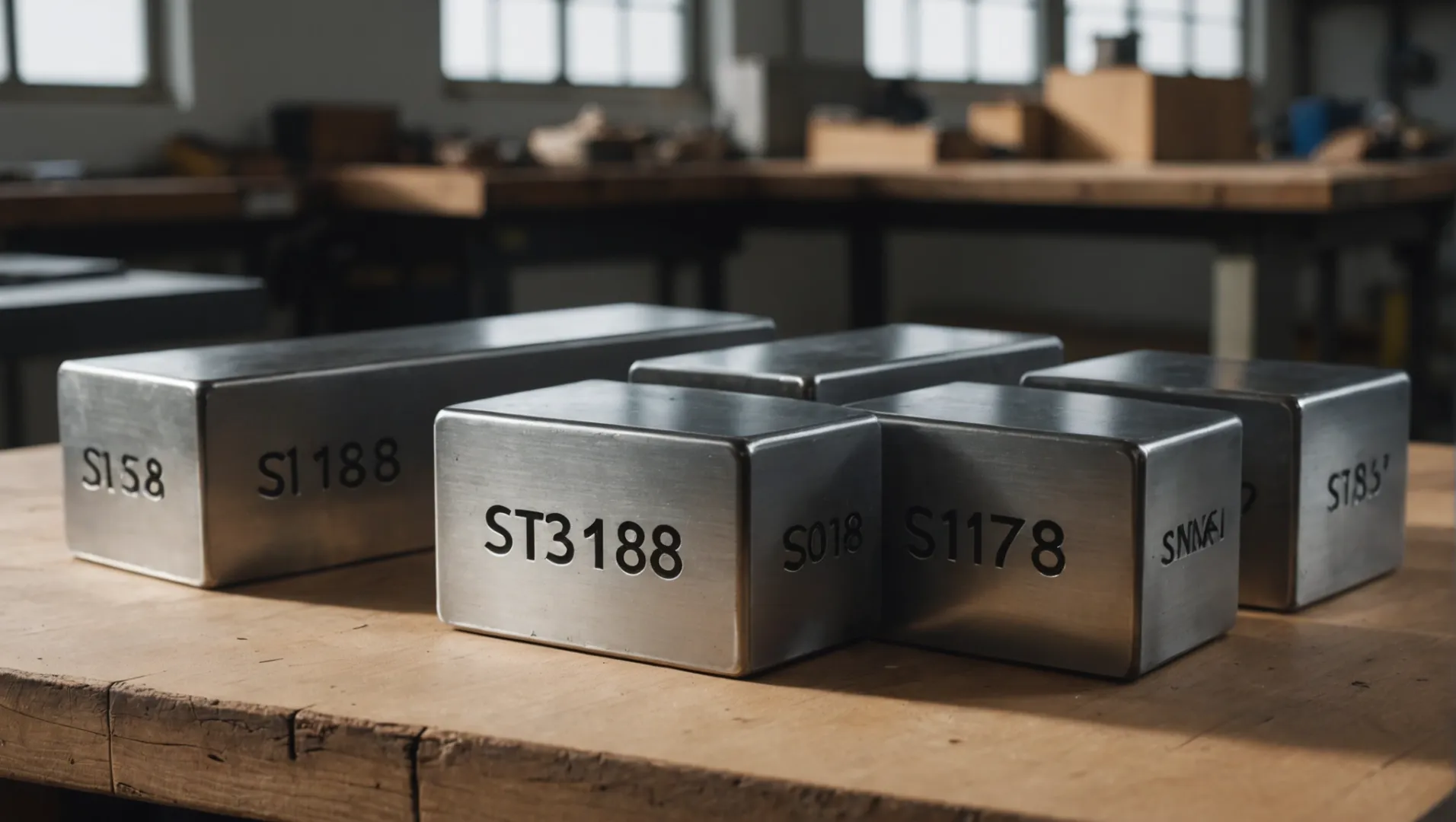
Choosing the right steel for PET preform injection molds is more than just a technical decision; it’s about crafting quality and efficiency in every product.
The best steels for PET preform injection molds are S136, 718H, and NAK80. These materials offer a blend of corrosion resistance, high hardness, and excellent machining characteristics, making them ideal for various molding scenarios.
But hang tight! There’s so much more to discover about these steels, and understanding their unique properties can truly transform your manufacturing experience.
S136 steel offers excellent corrosion resistance for PET molds.True
S136 steel is known for its superior corrosion resistance, ideal for PET molds.
Why Is Steel Selection Crucial for PET Preform Molding?
Choosing the right steel is vital for ensuring the efficiency and longevity of PET preform molds.
Steel selection in PET preform molding is crucial due to its impact on mold durability, product quality, and cost-effectiveness. The right steel ensures resistance to corrosion, high strength, and optimal surface finish, which are essential for producing high-quality preforms and maintaining efficient production processes.
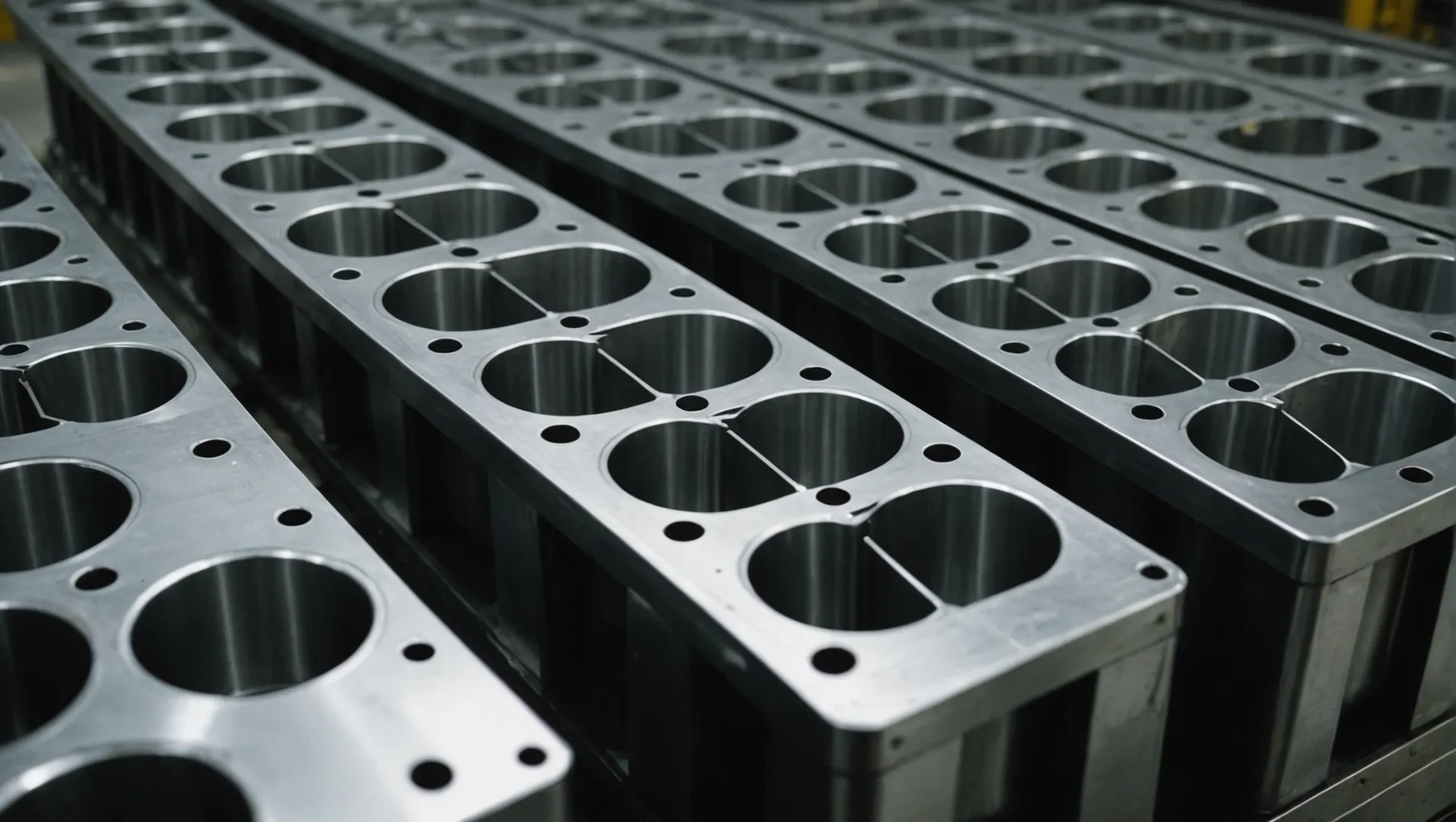
Impact on Mold Durability and Longevity
Steel selection directly influences the durability and lifespan of a mold. For instance, S136 steel1 offers exceptional corrosion resistance, making it ideal for environments where the mold frequently comes into contact with PET materials. Its high hardness and strength allow it to withstand the rigorous pressures of the injection molding process without succumbing to wear and tear.
Influence on Product Quality
The surface quality of the preform is highly dependent on the steel used in the mold. NAK80 steel2 provides excellent mirror processing capabilities, resulting in a smooth, high-quality finish on the final product. This feature is particularly important for industries such as high-end cosmetics and beverage bottling, where appearance plays a critical role.
Cost-Effectiveness and Machining Efficiency
When considering manufacturing costs, 718H steel3 stands out due to its good machining performance. It is easy to cut and process, which can significantly reduce both the cost and time involved in mold production. Moreover, its ability to endure large production batches without compromising performance makes it a cost-effective choice for many manufacturers.
Steel Characteristics Table
| Steel Type | Corrosion Resistance | Polishing Performance | Machining Performance | Hardness & Strength |
|---|---|---|---|---|
| S136 | Excellent | Excellent | Moderate | High |
| 718H | Moderate | Good | Excellent | High |
| NAK80 | Moderate | Excellent | Good | High |
By understanding these characteristics, manufacturers can select the most appropriate steel for their specific needs, optimizing both performance and cost. This selection process ultimately influences the efficiency and success of PET preform production.
S136 steel offers excellent corrosion resistance.True
S136 steel is known for its superior corrosion resistance, crucial for molds.
NAK80 steel has poor mirror processing capabilities.False
NAK80 steel excels in mirror processing, enhancing surface quality.
How Does Corrosion Resistance Affect Mold Longevity?
Understanding corrosion resistance is key to extending the lifespan of molds in various industries.
Corrosion resistance ensures that molds do not degrade over time, maintaining their structural integrity and functionality. This prolongs the mold’s lifespan and reduces maintenance costs.
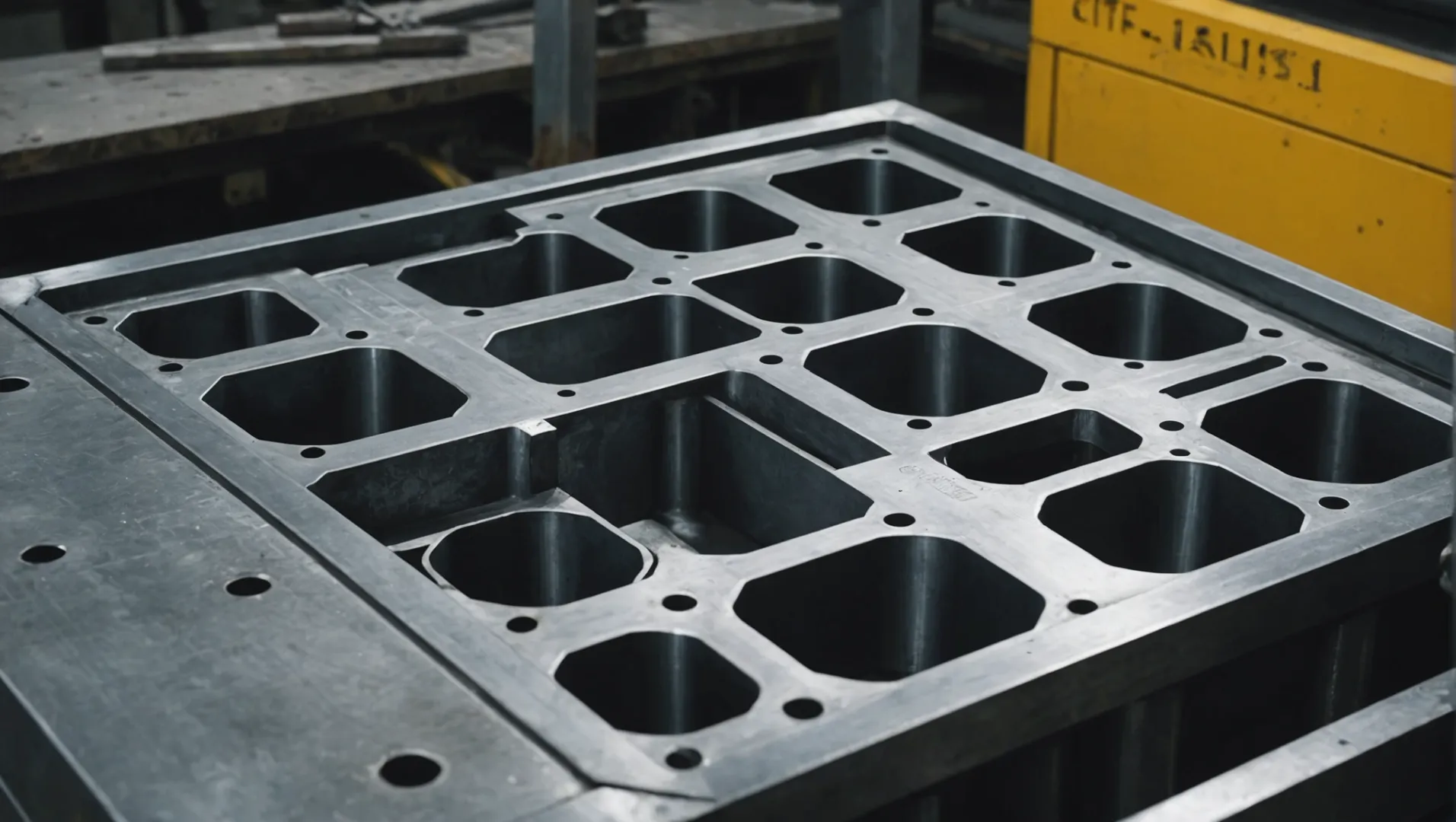
Understanding Corrosion and Its Impact on Molds
Corrosion is a natural process that gradually deteriorates materials, often metals, due to chemical reactions with environmental elements like moisture and oxygen. In the context of injection molds, corrosion can lead to pitting, rust formation, and even complete failure of the mold. This not only affects the quality of the produced items but also necessitates frequent repairs or replacements.
Importance of Corrosion Resistance in Mold Materials
The choice of material for a mold is pivotal in determining its resistance to corrosion. Materials like S136 steel are renowned for their excellent corrosion resistance4, ensuring that even when exposed to harsh substances or environments, the mold remains intact and functional. This is particularly vital for PET preform injection molds used in industries such as food packaging, where hygiene and product integrity are non-negotiable.
How Corrosion Resistance Prolongs Mold Longevity
Corrosion-resistant materials maintain their strength and structural integrity over extended periods, reducing the need for costly maintenance or premature replacements. For example, S136 steel’s ability to resist corrosion ensures that the mold’s surface remains smooth and free from defects, leading to high-quality outputs over its lifetime. The high hardness and strength5 also mean these molds can withstand repeated use without degrading.
Comparative Analysis: S136 vs. 718H vs. NAK80
| Steel Type | Corrosion Resistance | Longevity Impact |
|---|---|---|
| S136 | Excellent | Long-lasting |
| 718H | Moderate | Durable with care |
| NAK80 | Good | Suitable for fine finishes |
While S136 offers the best corrosion resistance, both 718H and NAK80 provide significant longevity benefits depending on the specific application requirements. Choosing the right steel involves considering both the environmental factors the mold will face and the production demands it will meet.
Practical Tips for Enhancing Mold Longevity
- Regular Maintenance: Implement routine checks to identify early signs of wear and corrosion.
- Appropriate Storage: Store molds in dry environments to minimize exposure to moisture.
- Use of Protective Coatings: Applying anti-corrosive coatings can provide an additional layer of protection against environmental damage.
By understanding and applying these principles, manufacturers can significantly extend the life of their molds, ensuring consistent quality and cost-efficiency in production.
Corrosion resistance extends mold lifespan.True
Corrosion-resistant materials prevent degradation, prolonging mold life.
S136 steel has poor corrosion resistance.False
S136 steel is known for its excellent corrosion resistance.
What Are the Cost Implications of Different Steels?
Choosing the right steel for your molds can significantly influence your production costs.
The cost implications of using different steels for PET preform injection molds vary based on factors like material cost, machining efficiency, and mold longevity. Steels like S136, 718H, and NAK80 offer distinct advantages, impacting initial investment and long-term maintenance expenses.
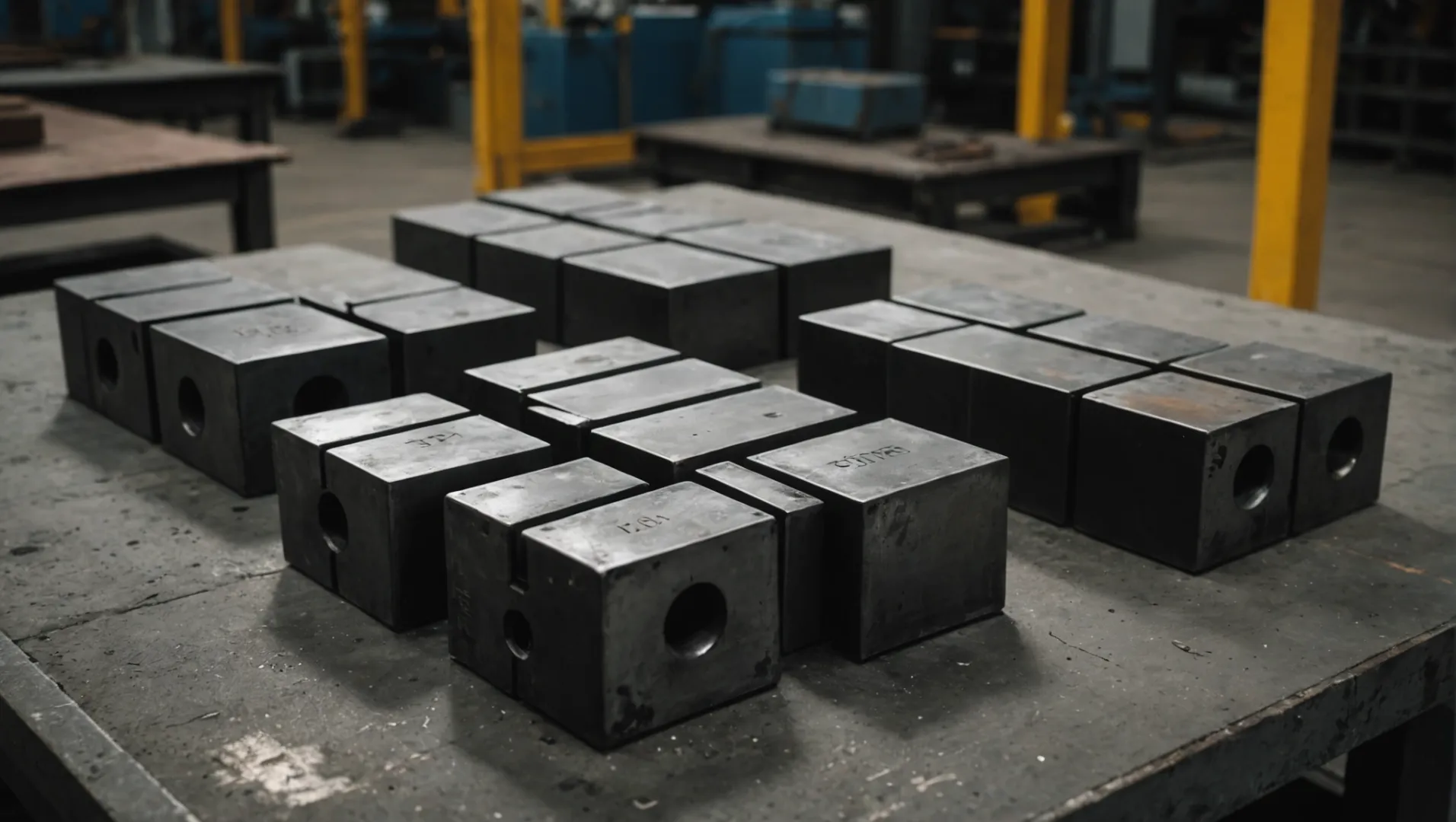
Material Costs and Performance
The initial cost of steel is a primary consideration in mold manufacturing. For instance, S136 steel6 is known for its higher cost due to its superior corrosion resistance and polishability. This makes it ideal for high-end applications where aesthetics are crucial, such as luxury cosmetics packaging. In contrast, 718H steel7 is often more affordable and offers a balance of performance and cost-effectiveness, particularly suitable for large production batches.
| Steel Type | Initial Cost | Key Benefits |
|---|---|---|
| S136 | High | Excellent corrosion resistance, high polishability |
| 718H | Moderate | Good machining performance, high hardness |
| NAK80 | High | Exceptional mirror finish, high hardness |
Machining and Processing Costs
The ease of machining can also influence the overall cost. Steels like 718H are easier to machine, which can reduce labor costs and time spent on mold production. This makes it a popular choice for manufacturers seeking efficiency without compromising on quality. On the other hand, while NAK80 offers exceptional surface finish capabilities, it may require more specialized processing techniques like EDM (Electrical Discharge Machining)8, potentially increasing costs.
Longevity and Maintenance
Investing in high-quality steels like S136 can lead to longer mold life and less frequent replacements, ultimately lowering long-term costs. Its corrosion-resistant properties reduce maintenance needs, making it economical over time despite its higher initial price. Conversely, the upfront savings with 718H may be offset by more frequent maintenance or replacement if used in high-wear scenarios.
The decision on which steel to use should consider not only immediate expenses but also how each type affects the overall lifecycle costs of the molds. For example, in environments where molds are exposed to harsh chemicals or moisture, the added investment in corrosion-resistant options like S136 could prevent costly downtimes and repairs.
S136 steel is more affordable than 718H.False
S136 steel is more expensive due to superior corrosion resistance.
NAK80 steel offers exceptional mirror finish capabilities.True
NAK80 is known for its high hardness and mirror finish quality.
How to Maintain Your Injection Molds for Optimal Performance?
Proper maintenance of injection molds is key to ensuring consistent production quality and extending mold lifespan.
To maintain injection molds for optimal performance, regularly clean, inspect, lubricate, and store them properly. Use appropriate cleaning solutions to remove residues, perform visual checks for wear or damage, apply the right lubricants to prevent rust, and store molds in a controlled environment to avoid moisture and dust.
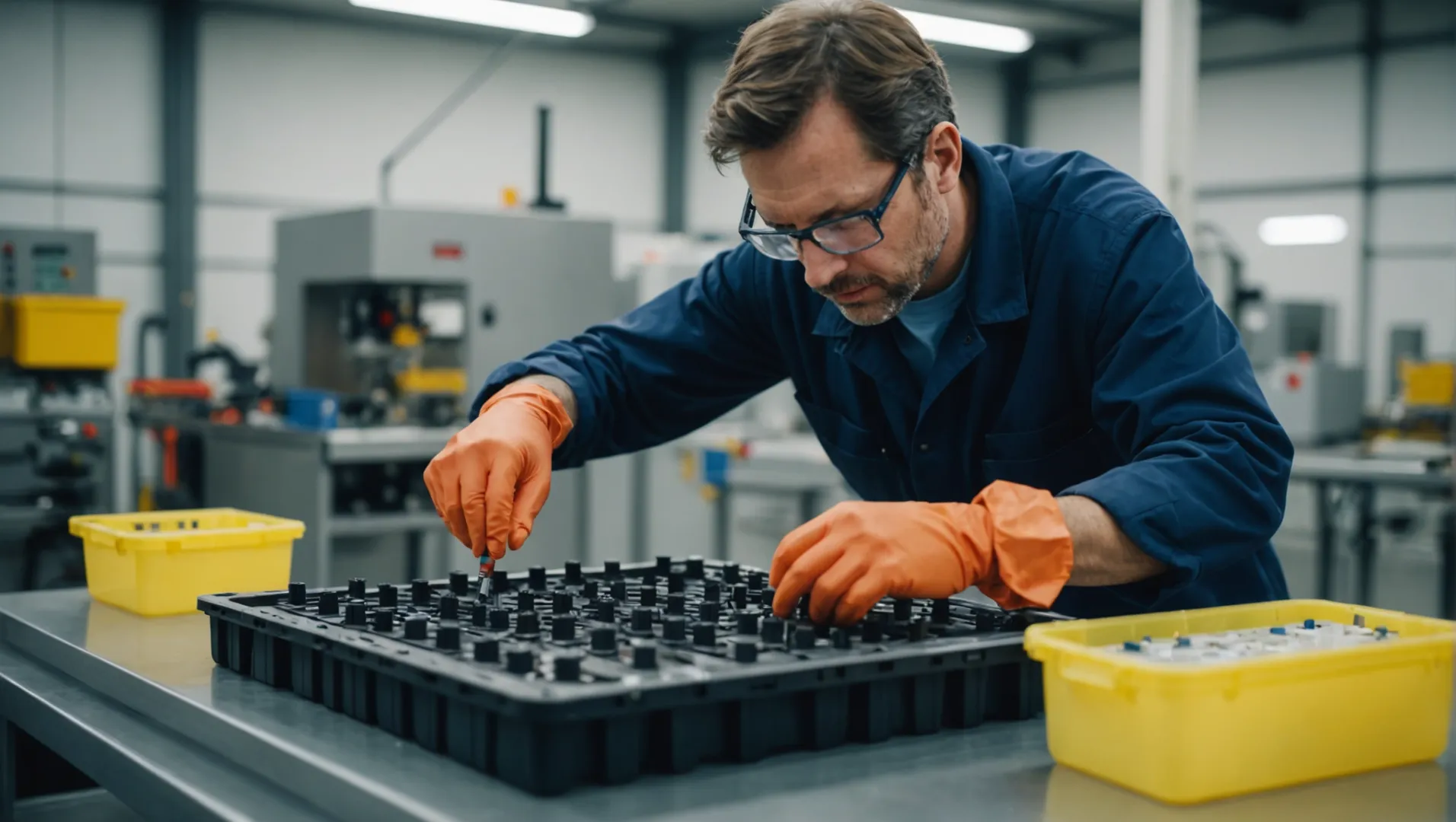
Regular Cleaning Practices
Consistent cleaning is essential to maintain the integrity and performance of injection molds. After each production cycle, remove any remaining plastic residues using suitable cleaning agents. For materials like PET, ensure the cleaning solution does not corrode or leave any unwanted deposits on the mold surface.
Conducting Routine Inspections
Frequent inspections help identify signs of wear and potential issues before they become major problems. Look for signs of corrosion9, surface scratches, or any deformation. For PET preform molds made from materials like S136 or 718H steel, check that the mold’s high-polish surfaces remain intact.
Proper Lubrication Techniques
Lubrication is crucial to prevent rust and facilitate smooth operation. Apply mold-specific lubricants that can withstand high temperatures without breaking down. The choice of lubricant is particularly important for maintaining the performance characteristics of steels like S136, known for its excellent corrosion resistance.
Effective Storage Solutions
Proper storage extends the life of injection molds. Keep molds in a dry, temperature-controlled environment to prevent moisture buildup and corrosion. When storing PET preform molds, ensure they are adequately supported to avoid any stress or deformation over time.
Utilizing Technological Tools
Modern maintenance often involves the use of technology to monitor mold health. Consider using sensors to track mold usage and wear, which can inform maintenance schedules and preemptively address issues before they impact production quality.
By implementing these practices, manufacturers can not only sustain the optimal performance of their injection molds but also extend their operational lifespan, thereby improving overall efficiency and reducing downtime.
Regular cleaning prevents mold corrosion.True
Consistent cleaning removes residues that can cause corrosion.
Storing molds in humid areas is recommended.False
Humidity causes moisture buildup, leading to mold corrosion.
Conclusion
By carefully considering the type of steel used, you can significantly improve production efficiency and product quality.
-
Learn about S136 steel’s superior resistance to corrosion.: S136 mold steel modified from AISI 420, shows favorable mechanical properties and outstanding corrosion resistances [24]. It currently becomes … ↩
-
Discover how NAK80 enhances preform surface quality.: It is super clean, Vacuum-Arc Remelted steel with uniform grain structure, uniform hardness, and excellent dimensional stability. NAK80 tool … ↩
-
Explore why 718H is cost-effective for large-scale production.: The main advantage of this type of steel is its convenience, as it saves on production time and costs by reducing the risk of dimensional distortion during heat … ↩
-
Discover how S136 steel resists corrosive environments effectively.: S136 is an air-type stainless steel, that is, in the air, it will not rust without contact with acidic substances;. What is the difference … ↩
-
Learn about S136 steel’s unique hardness and strength properties.: The optimal TiB2 content is determined to be 0.5 wt%, which the SLM S136 composites show the finest grains and have an enhanced tensile strength … ↩
-
Explore why S136 is ideal for high-end mold applications.: S136 is a mirror rust-proof mold steel. S136 mold steel with excellent corrosion resistance has been widely applied in the mold industry. ↩
-
Understand the cost-effectiveness of 718H steel.: No hardening risks · No hardening costs · Time saving · Lower tool costs · Modifications easily carried out · Can be subsequently nitrided to … ↩
-
Learn about EDM’s role in achieving high precision.: EDM The soft recast layer (approximately 32 HRc) is much thinner and is easier to remove than steels with a recast layer that is equivalent to their “as … ↩
-
Learn to spot early corrosion indicators to prevent mold damage.: One telltale sign of spotty coverage is that the rust only appears on certain areas of the mold. Simply put, the operator or tech may have trouble seeing where … ↩






